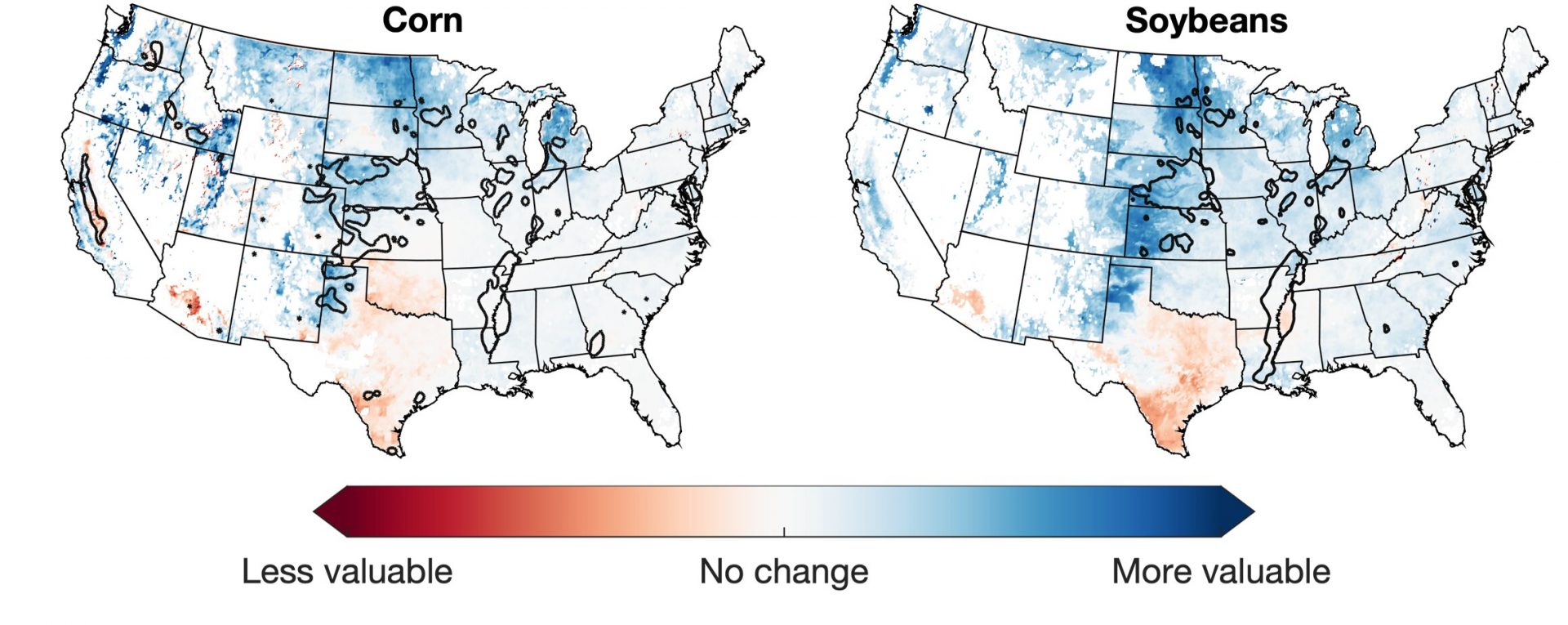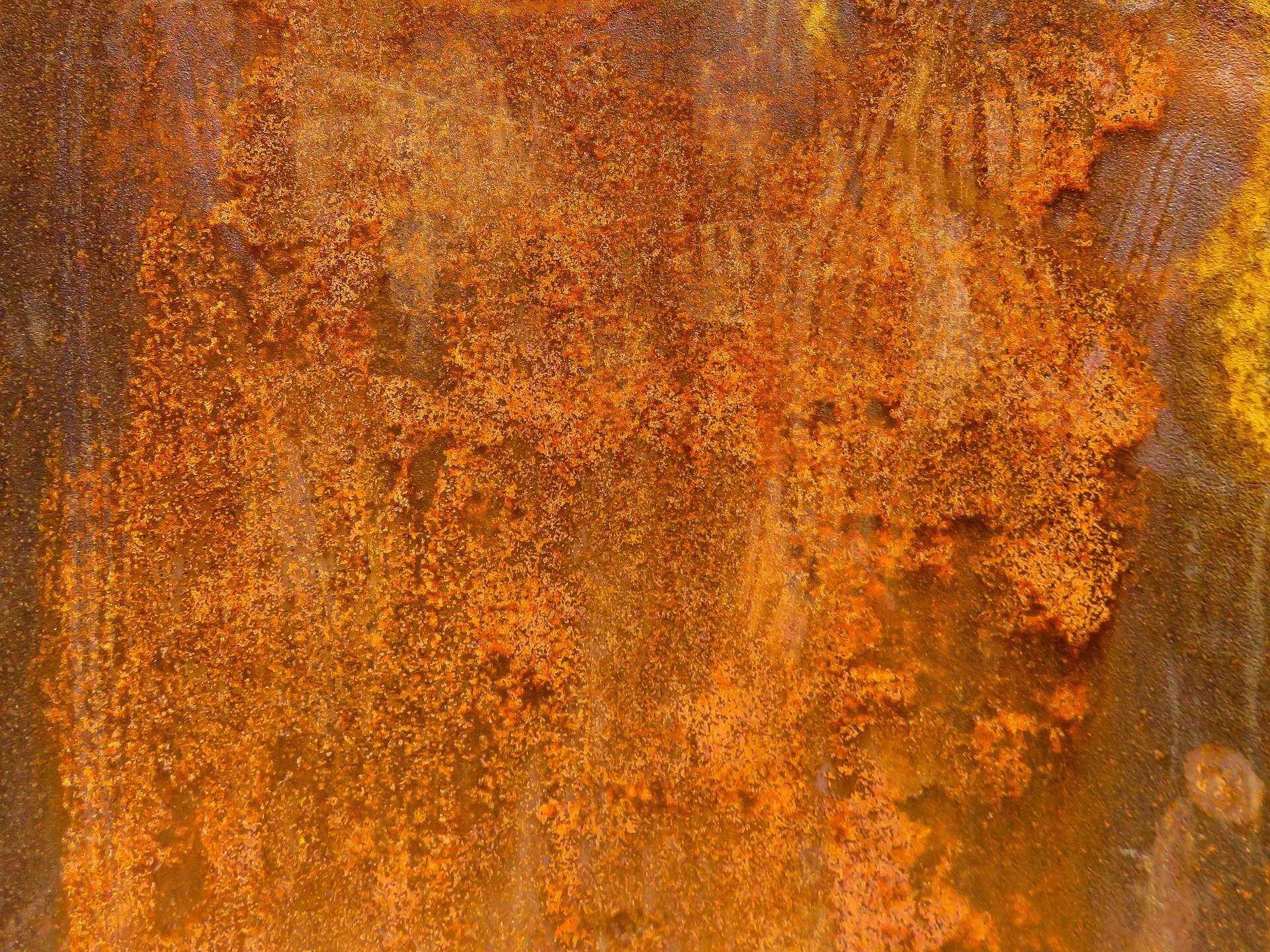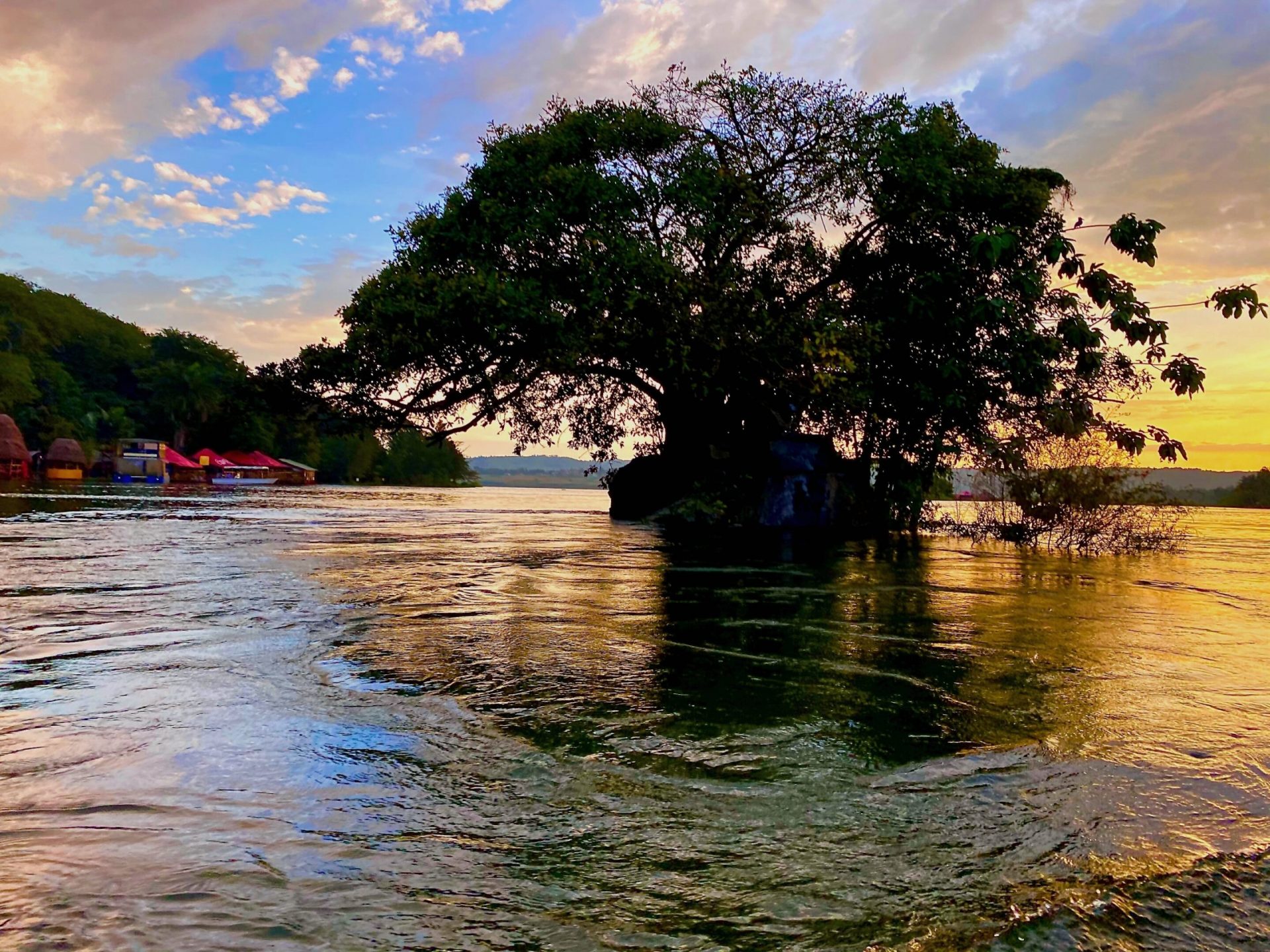Climate change poses a challenge for crop yields in the United States. With warmer temperatures and shifting precipitation patterns, drought conditions are expected to increase. To sustain future yields, it will be crucial to irrigate more crops. However, less than 20% of croplands are currently equipped for irrigation.
A recent study led by Dartmouth reveals that expanded irrigation will outweigh the costs of installation and operation over a larger portion of current U.S. croplands by the middle of the 21st century. Under a moderate greenhouse gas emissions scenario, corn and soybeans that currently rely on rainfed conditions would benefit from irrigation in various regions, including North Dakota, South Dakota, Minnesota, Wisconsin, Michigan, Indiana, Illinois, Ohio, Kentucky, Kansas, and Oklahoma. The findings are published in Communications Earth & Environment.
Installing and maintaining irrigation equipment comes at a significant cost to farmers, but the study provides a map of where it will make the most sense to invest in irrigation for corn and soybean crops in the future. Trevor Partridge, the first author of the study, explains, “Our work essentially creates a U.S. map of where it will make the most sense to install and use irrigation equipment for corn and soybean crops in the future.” Partridge conducted the study while working on his Ph.D. at Dartmouth and is currently a Mendenhall Postdoctoral Fellow and research hydrologist with the U.S. Geological Survey Water Resources Mission Area.
The study also highlights the economic returns of irrigation. The High Plains region, including Nebraska, Kansas, and northern Texas, currently has the highest economic returns for irrigation. However, the increasing costs of drought are pushing farmers in the Corn Belt and southeastern U.S. to invest in irrigation. The long-term economic return on these investments is difficult to predict.
To determine the economic benefits of irrigating corn and soybeans, the researchers conducted a cost-benefit analysis. They ran crop model simulations using different climate projections and factored in county-level crop management and growth data from the U.S. Department of Agriculture National Agricultural Statistical Service. The simulations considered historical, mid-century, and end-of-century periods under moderate and high greenhouse gas emissions scenarios.
The results indicate that there will likely be enough water to irrigate soybeans in certain regions, such as Iowa, Wisconsin, Ohio, and northern Illinois and Indiana, by mid-century. However, corn irrigation may not be feasible in these areas. The study also emphasizes the importance of water resources, as some regions may face water deficits. For example, the Ogallala Aquifer in the Great Plains, which supports extensive irrigation for corn and soybeans, is being depleted faster than it can be replenished.
As the climate continues to warm, heat stress will have a greater impact on crop yields. This reduces the effectiveness of irrigation as an adaptation strategy, especially for corn. The simulations suggest that by the end of the century, it may be more economically beneficial to irrigate soybeans instead of corn. This could lead to a shift in crop choices in certain areas.
Farmers face complex decisions when it comes to irrigation, considering factors such as yield performance, market values, energy costs, economic incentives, and seasonal weather forecasts. The researchers hope that their analysis can assist in developing agricultural and water resource management policies to adapt to a warmer climate.








